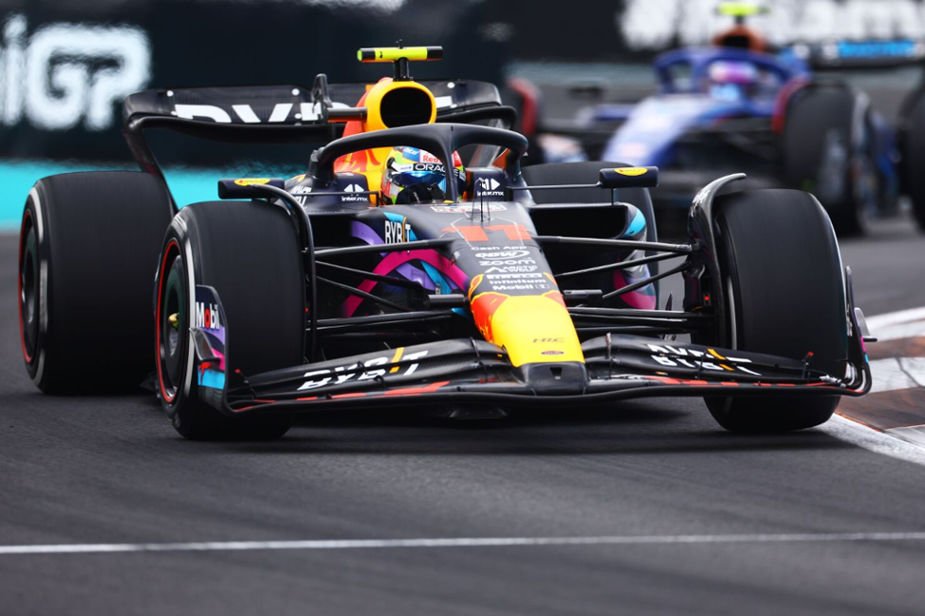In the high-stakes world of Formula One (F1) racing, innovation isn’t just a goal; it’s a necessity. One of the most significant technological advancements that have shaped the sport—and influenced the automotive industry at large—is turbocharging.
From its early adoption in F1 to its widespread integration into modern road cars, turbocharging has revolutionized engine performance, efficiency, and design.
Evolution Of Turbocharging In Formula One
The history of turbocharging in Formula One dates back to the late 1970s and early 1980s when the FIA (Fédération Internationale de l’Automobile) introduced regulations allowing turbocharged engines alongside naturally aspirated ones.
This era marked a pivotal shift in F1 engineering, as teams sought ways to maximize power output while complying with stringent fuel consumption limits.
Turbocharging works by harnessing exhaust gases to spin a turbine connected to a compressor. The compressor then forces more air into the engine’s intake manifold, allowing for more fuel to be burned and thereby increasing power output.
This technology enabled F1 cars to achieve significantly higher horsepower and torque figures compared to their naturally aspirated counterparts.
Technological Innovation And Competitive Edge
During the turbo era of F1 (1977-1988), manufacturers like Renault, Ferrari, and BMW pioneered turbocharged engines that pushed the boundaries of performance. These engines were smaller in displacement but capable of producing immense power, making F1 cars faster than ever before.
The development race among teams and engine suppliers led to continuous improvements in turbocharging technology, with innovations in aerodynamics and materials further optimizing engine efficiency.
The competitive advantage offered by turbocharging was undeniable. Teams that mastered the intricate balance between power delivery, fuel efficiency, and reliability often dominated the F1 grid.
Turbocharged engines became synonymous with blistering acceleration and top speeds, transforming the dynamics of racing and setting new benchmarks for automotive engineering.
Turbocharged Engines In Modern Road Cars
The influence of F1 turbocharging technology extended beyond the race track and into the mainstream automotive industry. Car manufacturers recognized the benefits of turbocharged engines, particularly in enhancing fuel efficiency without compromising performance.
By compressing air and increasing the density of the air-fuel mixture, turbochargers allowed smaller-displacement engines to deliver power comparable to larger, naturally aspirated engines.
Today, turbocharged engines are commonplace in a wide range of vehicles, from compact hatchbacks to luxury sedans and SUVs. The technology has democratized high-performance driving, offering consumers a balance of power and fuel economy that was once reserved for sports cars.
This shift reflects not only advancements in turbocharging technology but also evolving consumer preferences toward more efficient yet powerful vehicles.
Advantages And Challenges
The adoption of turbocharging in both F1 and road cars brings distinct advantages and challenges:
Advantages:
– Increased power and torque output from smaller engines
– Improved fuel efficiency and reduced emissions
– Enhanced driving dynamics and responsiveness
Challenges:
– Potential for turbo lag (delayed throttle response)
– Increased complexity and cost of engine design and maintenance
– Heat management and durability concerns under high-performance conditions
Future Trends And Innovations
Looking ahead, turbocharging technology continues to evolve with a focus on improving efficiency and reducing environmental impact.
Hybridization and electrification are increasingly being integrated with turbocharged engines to enhance overall powertrain performance while meeting stricter emissions standards.
Furthermore, advancements in materials science, digital control systems, and aerodynamics are expected to further optimize turbocharger efficiency and reliability. Variable geometry turbochargers (VGTs) and electric turbochargers represent promising technologies that aim to minimize turbo lag and maximize power delivery across a broader range of engine speeds.
Conclusion: Turbocharging’s Enduring Legacy
Turbocharging has left an indelible mark on Formula One and the automotive industry as a whole. From its origins as a pioneering technology in F1 racing to its widespread adoption in modern road cars, turbocharging continues to drive innovation and performance.
The relentless pursuit of speed, efficiency, and sustainability ensures that turbocharging will remain a cornerstone of automotive engineering, shaping the future of mobility in an increasingly dynamic world.
As turbocharging technology evolves, its legacy as a catalyst for progress in both motorsport and everyday driving underscores its pivotal role in shaping the vehicles of tomorrow.
Whether on the racetrack or the open road, turbocharging continues to embody the spirit of innovation and excellence that defines the pursuit of automotive performance.

